Human Resources Templates
Everything You Need to Hire, Motivate & Manage Your Team
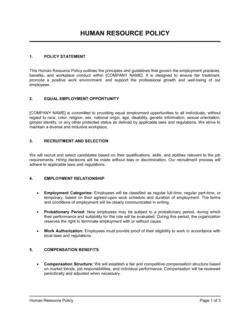
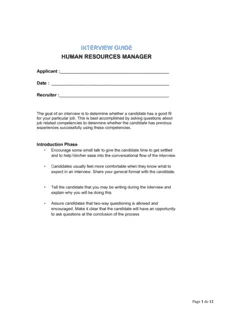
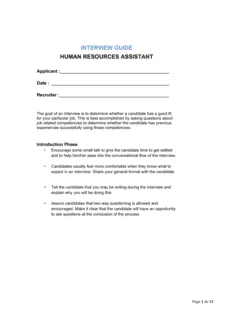
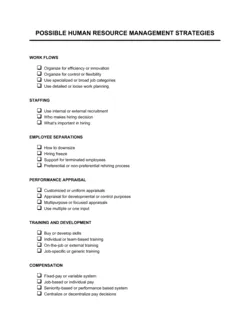
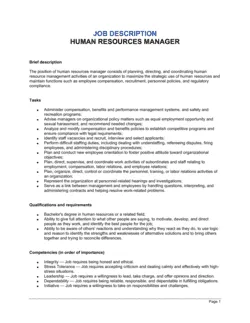
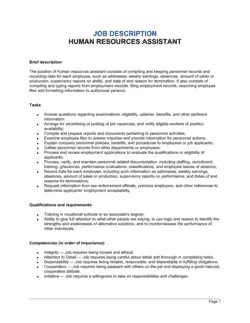
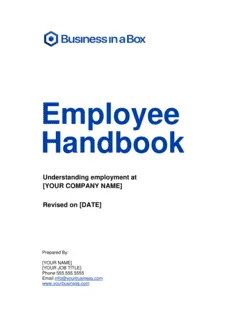
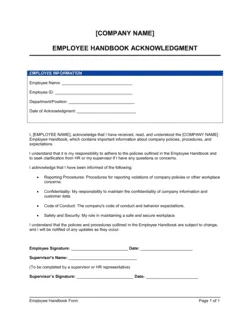
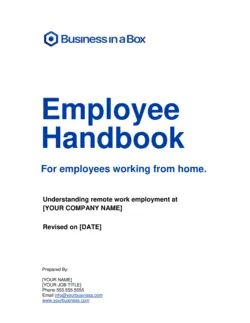
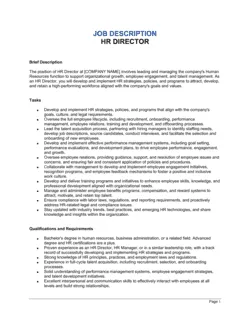
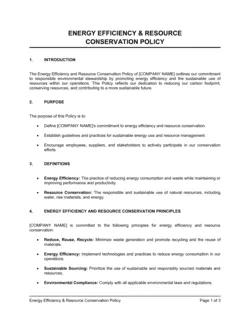

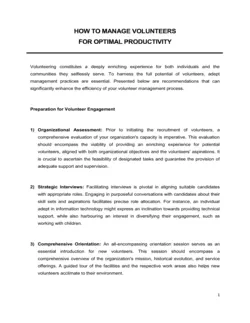
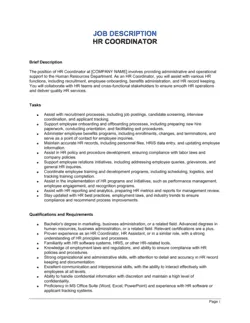
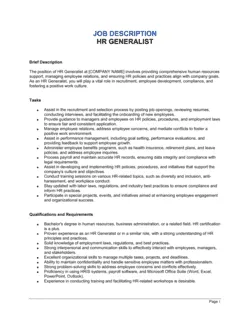
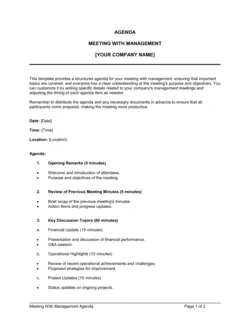
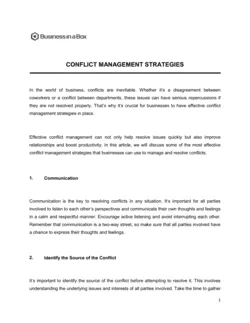
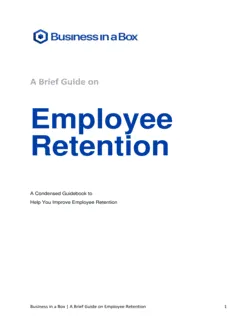
A Comprehensive Guide to Human Resource Management for Business Success
Introduction:
Many businesses struggle to achieve maximum success due to a lack of knowledge about effective strategies and practices. One crucial factor that significantly impacts the success of any organization is proper human resource management (HRM). Managing employees and fostering a positive work environment are essential for business growth and success. This comprehensive guide will provide valuable insights and information on how to optimize your HRM practices to maximize employee potential and yield positive outcomes for your organization.
Understanding the Importance of Human Resource Management (HRM):
Human Resource Management is often overlooked but plays a critical role in organizational success. Working with people and managing human resources can be complex, but it is vital for business operations. Your employees are your greatest assets, and effectively managing them is essential. HRM encompasses various tasks and policies related to employees, such as recruitment, training, and engagement. Prioritizing HRM and developing employee skills and motivation are key to improving organizational performance.
The Shift Towards Strategic HRM:
Today, simply carrying out HR tasks like administering salaries and conducting interviews is not enough. To unlock the true potential of HR, it should be fully integrated into the business strategy and contribute to achieving strategic goals. Strategic HRM focuses on the alignment of HR practices with organizational objectives. It influences the workplace culture, enhances employee communication and collaboration, and facilitates conflict resolution. This guide will provide you with a comprehensive understanding of strategic HRM.
Defining Human Resource Management (HRM):
HRM involves a wide range of activities, procedures, and policies related to managing employees, who are the key resources of an organization. It encompasses functions such as recruitment, training, benefits administration, and workplace culture. HRM aims to optimize company performance through effective management of human resources. It ensures that employees are invested in their own success as well as the success of the organization.
Importance and Functions of Human Resource Management:
- Recruitment and Training: The HR department plays a crucial role in recruiting new employees and ensuring the organization has the right talent. It involves advertising job postings, sourcing candidates, conducting interviews, and coordinating with decision-makers. Additionally, HR provides training opportunities to enhance employees' skills and adapt to changing organizational requirements.
- Employee Relations: Maintaining healthy relationships among employees and resolving conflicts are responsibilities of the HR department. It creates a positive work environment where employees can thrive and work collaboratively.
- Workplace Safety: HR ensures a safe and healthy work environment for employees. It takes necessary measures to prevent workplace hazards, report injuries, and comply with safety regulations.
- Compensation and Benefits: HR handles payroll administration, calculates bonuses, and administers employee benefits such as medical insurance and pensions. It ensures fair and competitive compensation to attract and retain top talent.
- Regulatory Compliance: HR ensures that the organization complies with employment laws and regulations. This includes adherence to employee relations, health and safety, and taxation requirements.
- Public Relations: HR contributes to building good public relations by organizing business meetings, seminars, and official gatherings. It plays a role in preparing business and marketing plans for the organization.
Objectives of Human Resource Management:
- Social Objective: HRM should be socially responsible and consider the welfare of society. Failure to prioritize social welfare may lead to legal restrictions.
- Operational Objective: HRM must align its functions with the organization's needs to ensure efficient resource utilization.
- Organizational Objective: HRM should contribute to the overall effectiveness of the organization and help achieve its goals.
- Human or Personal Objective: HRM should strive to fulfill employees' personal objectives, ensuring job satisfaction, motivation, and retention.
- Roles of an HR Manager: HR managers are responsible for planning, directing, and coordinating administrative functions within an organization. They oversee recruitment, strategic planning, and act as a link between management and employees. HR managers have administrative, operational, and strategic roles.
- Administrative Role: HR administrators maintain employee records, prepare HR documents such as contracts, and handle various internal arrangements.
- Operational Role: Operational HR activities focus on employee relations, compensation, training and development, safety, and recruitment.
- Strategic Role: Strategic HR management aligns HR practices with organizational strategy, combining traditional HR functions with long-term planning to achieve success.
Challenges of HRM:
Managing people poses challenges due to the complexities of human nature. Some common HRM challenges include:
- Attracting Top Talent: Finding and retaining skilled employees requires ongoing effort, understanding job requirements, and adapting to changing market dynamics.
- Fostering a Culture of Continuous Learning: Providing training and development opportunities is crucial for employee engagement and retention.
- Ensuring Health and Safety: Maintaining a safe and healthy work environment is essential. Emphasizing emotional intelligence and mental well-being can contribute to a healthier workplace.
The Importance of a Strong HR Department:
A competent HR department is vital for organizational growth and success. It manages employee relations, hiring, training, benefits, and company culture. Building a strong HR department requires careful planning and utilizing HR templates and resources to streamline processes effectively.
Human Resource Management plays a critical role in organizational success. By effectively managing human resources, organizations can optimize employee potential and drive business growth. This comprehensive guide has provided valuable insights into the importance of HRM, its functions, objectives, and challenges. By understanding the roles of an HR manager and the significance of a robust HR department, you can lay the foundation for a thriving and successful organization. Utilize HR templates and resources available in Business in a Box, like our Employee Handbook and our wide range of company policies. Sign up today to streamline your HR processes and ensure your organization's growth and success.
